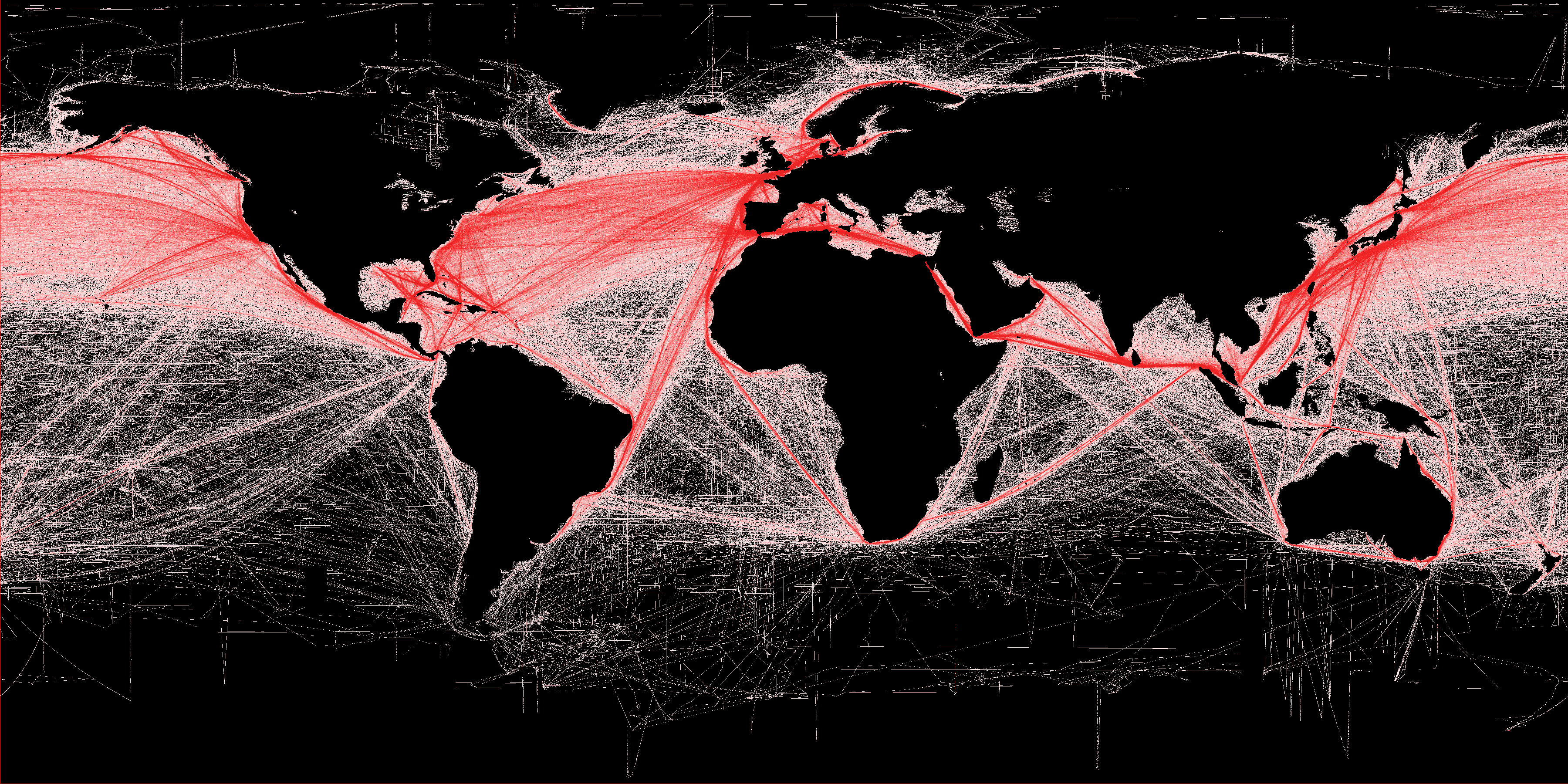What’s the difference? — A practical understanding.

Hi everyone, Kevin here.
I recently had a great conversation with Daniele Catalanotto about what’s the difference between a journey map and a service blueprint, when to use which tool and we explored a few tips about the general topic of mapping experiences.
This conversation is part of a series of Podcasts for Design & Critical Thinking with Daniele (hold in French). Daniele Catalanotto is a Service Designer in Switzerland and is the founder of the Swiss Innovation Academy and the Service Design Magazine.
For those of you who don’t speak French –or just don’t want to listen to us thinking out loud– here’s the summary of this conversation in English. Also, find below a video version, available on YouTube with automatic-translation subtitles.
🌟 Subscribe on YouTube to be notified when new episodes are out!
What are these two tools?
A journey map is the visual summary of the experience of a user when he goes through a service or product. The journey map shows every step of the experience, it shows what happens at the start, in the middle, and in the end. Service Designers often call this the frontstage of the experience: the description of what is visible to the user.
A service blueprint adds to a journey map the description of what is needed to make that experience happen. What do employees do to create the service or product that is necessary but often invisible to users? What are the internal processes that need to take place for stuff to happen for the user? So, a service blueprint is in a way a journey map to which we add what service designers call the “backstage”.
When do you use which tool?
The journey map as we explored in the conversation is really the basis of the service blueprint. So you’ll use it usually more often than a service blueprint. As the service blueprint adds more complexity and information to a journey map, it also needs, obviously, more time to create. So “time” can be one of the first criteria to define what tool you will use.
Another criterion to know if you should build a journey map or a service blueprint is to define the goal of your mapping process. If you want to bring together all the departments of a company and synchronize them towards a shared way of working, a service blueprint is the stronger tool. If you don’t need to change or adapt internal processes, then a journey map might be the better tool.
What are some tips and dangers when using these tools?
The biggest danger we talked about when it comes to any mapping exercise is to create so-called “proto-maps”: maps that are not based on research but describe a set of assumptions.
The problem is that often “proto-personas”, “proto-journey map” (etc.) can give a false sense of certainty when they are just an exercise of the imagination. Nevertheless, “proto-maps” like “proto-service blueprints” can be of value. For example, to imagine new services and products. These “proto-maps” can then be used as the basis for user testing.
A smart simple tip for mapping exercises is to define the different levels you want to achieve: Will it be a very detailed map? Should the map be understandable in 20 or 2 minutes? Who will be able to help us internally to build them? How much time do we have to build them?
These different levels help you make sure that while you are building your next service blueprint or journey map, you stay in line with the goals that you have set at the start — because it’s pretty easy to get lost in the process and finish by over-mapping.
Explore and be critical
If you are interested in the topic of experience mapping, we recommend that you check out the slide deck “There’s a Map for That! The Designers’ Cartography of Complexity” by Linn Vizard.











Discussion